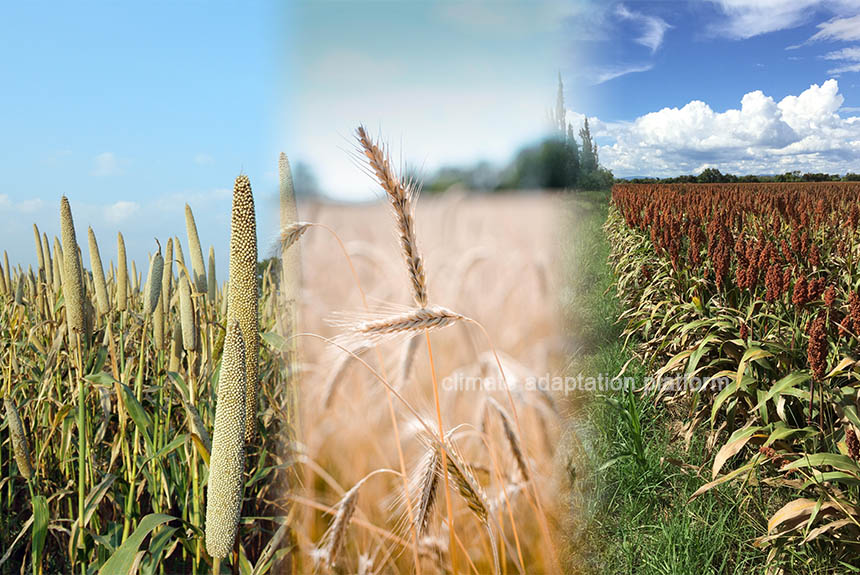The world population is expected to reach 10 billion by 2050, and to feed this number of people, food production will need to increase by 70%.
Meeting this rising demand for food would mean more water and energy production, stressing and stretching further natural resources.
Crop switching or crop replacement and relocating crop production is touted as a critical strategy for farmers and the agriculture sector to adapt to climate change effects like decreasing rainfall patterns, increasing air temperatures, and intensifying and lingering droughts.
A study in the journal Nature, “Crop switching for water sustainability in India’s food bowl yields co-benefits for food security and farmers’ profits,” published on 9 October 2023, explores the potential benefits and implications of crop switching in the Indo-Gangetic Plain (IGP) known as the food bowl of India. The IGP is home to 400 million people and currently produces 135 million metric tonnes of cereals.
The recent trends show that the current water management practices in the IGP need to be more sustainable. Groundwater in the Indo-Gangetic Plain is rapidly declining due to increased irrigation and diminishing rainfall. Half or 50% of the total water consumption irrigates cereal crops. In Uttar Pradesh and parts of Bihar, there is an increase in water consumption to irrigate cereal crops where rainfall has declined.
Declining rainfall trends mean that there will create a greater need for irrigation while indicating a decreasing water availability. The increasing water demand due to crop irrigation can lead to water scarcity.
Cropp switching or changing what crops are grown provides a solution. Switching to other crops will lead to water saving and more calorie production for farmers; however, the solution is more complex than this will involve convincing farmers and successfully doing so will mean showing them that replacing their crops will bring them more profits.
The study developed and applied a crop-switching optimisation model for cereals in the IGP to maximise calorie production and farmers’ profits and minimise water consumption. Study findings show that switching from rice to millets (pearl millet) and sorghum in the Kharif (monsoon) season and from wheat to sorghum in the Rabi (winter) season could potentially reduce water consumption by 32%, improve calorie production by 39% and increase farmers’ profits by 140%.
Additionally, switching crops offers a larger reduction in groundwater depletion and energy savings than improving irrigation efficiency (from flood to drip irrigation), demonstrating the potential for crop-switching to address the multidimensional sustainability challenges of the IGP, with possible application to other regions facing similar issues.
Rising temperatures are disrupting rainfall patterns and worsening water-related hazards such as droughts, exacerbating water scarcity due to the increasing demands of population growth and the need to produce more food and water to meet this need.
As water scarcity threatens food production and agriculture, crop switching emerges as a promising solution and an effective climate adaptation strategy.
As demonstrated by the study, by implementing the practice of crop replacement, India’s farmers not only reduce their water consumption for irrigation and allow them to generate better profits but also strengthen food security and health through improved nutritional value from these crops.
The study results show that solutions are available to help communities adapt successfully to climate change.
For the farmers in the IGP, crop switching proves a sustainable and prosperous solution for them, a practice that can be replicated in other parts of the world.
Source:
Chakraborti, R., Davis, K.F., DeFries, R. et al. Crop switching for water sustainability in India’s food bowl yields co-benefits for food security and farmers’ profits. Nat Water (2023). https://doi.org/10.1038/s44221-023-00135-z



Leave a Reply